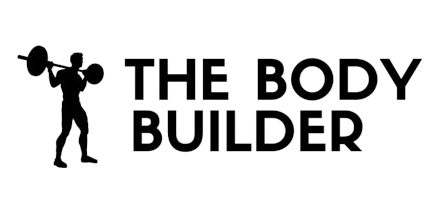Calf SMR
Calf self-myofascial release (SMR) is a self-care practice that involves using a foam roller, lacrosse ball, or other massage tool to apply pressure to the calf muscles of the lower leg. By applying the right amount of pressure, some people can relax tight and painful calf muscles, allowing for improved mobility and reduced discomfort.
Calf SMR can be complemented by SMR of the quadriceps muscles or stretching exercises that target the calves. When performed correctly, SMR can help to improve blood flow, reduce inflammation, and improve range of motion. It can also improve performance and help to prevent injury.
In order to get the best results from calf SMR, it is important to use the right size and type of foam roller or massage tool. It is also important to be mindful of how much pressure is being applied, and to adjust pressure accordingly. Additionally, it is important to move slowly and be conscious of any areas that are particularly tight or painful.
Calf SMR can be a great way to reduce muscle tension and improve mobility. However, it is important to note that it is not a replacement for professional medical care. If you are experiencing significant pain, it is important to seek out professional advice from a healthcare provider.
Type:
Stretching
Muscles Used:
Calves
Level:
Beginner
Equipment:
Foam Roll
Benefits Of This Exercise
- May encourage improved blood flow to the calf muscles
- Can help temporarily increase range of motion in the knee joints
- Can be used as part of a warm-up or post-workout recovery
- May provide temporary relief from certain types of exercise-derived knee pain
- Important to use the right size and type of foam roller or massage tool, adjust pressure accordingly, and move slowly
- Not a replacement for professional medical care; seek advice from a healthcare provider if experiencing significant pain
Step by Step Instructions For Calf SMR
- Begin seated on the floor. Place a foam roller underneath your lower leg. Your other leg can either be crossed over the opposite or be placed on the floor, supporting some of your weight. This will be your starting position.
- Make sure to use the right size and type of foam roller or massage tool for your calf muscles.
- Be mindful of how much pressure is being applied and adjust pressure accordingly.
- Move slowly and be conscious of any areas that are particularly tight or painful.
- Place your hands to your side or just behind you, and press down to raise your hips off of the floor, placing much of your weight against your calf muscle.
- Roll from below the knee to above the ankle, pausing at points of tension for 10-30 seconds. Repeat for the other leg.
- Complement your calf SMR with SMR of the quadriceps muscles or stretching exercises that target the calves.
- Be mindful of any pain or discomfort that you may experience and seek professional medical advice if necessary.
Warm Up Tips
- Begin seated on the floor.
- Place a foam roller underneath your lower leg.
- Cross your other leg over the opposite or place it on the floor for support.
- Place your hands to your side or just behind you.
- Press down to raise your hips off the floor, placing weight against your calf muscle.
- Roll from below the knee to above the ankle.
- Pause at points of tension for 10-30 seconds.
- Repeat for the other leg.
Calf SMR Safety Tips
- Use the right size and type of foam roller or massage tool for calf SMR.
- Be mindful of the amount of pressure being applied and adjust accordingly.
- Move slowly and be conscious of any areas that are particularly tight or painful.
- Complement calf SMR with SMR of the quadriceps muscles or stretching exercises that target the calves.
- Do not use calf SMR as a replacement for professional medical care.
- If experiencing significant pain, seek professional advice from a healthcare provider.
Incorporating Into Other Workouts
One way to incorporate calf self-myofascial release (SMR) into workouts is to include it as part of a warm-up routine. Before starting any exercises, spend a few minutes using a foam roller or massage tool to apply pressure to the calf muscles. Roll from below the knee to above the ankle, pausing at points of tension for 10-30 seconds. Repeat this for both legs.
Calf SMR can also be effective as part of a post-workout recovery routine. After completing your workout, take some time to perform the calf SMR exercise again. This can help to relax and release any tension or tightness in the calf muscles, promoting better recovery and reducing post-workout soreness.
In addition to incorporating calf SMR into warm-up and recovery routines, it can also be beneficial to combine it with other stretching exercises that target the calves. This can help to further improve flexibility and range of motion in the calf muscles and knee joints.
It is important to use the right size and type of foam roller or massage tool for calf SMR. Adjust the pressure according to your comfort level, and move slowly to effectively target any areas of tightness or discomfort.
Lastly, it is crucial to remember that calf SMR is not a substitute for professional medical care. If you experience significant pain or discomfort, it is important to seek advice from a healthcare provider.

